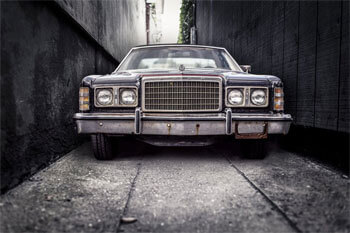Even people who are not much into classic cars know that they can be quite valuable, but those of us that do have a passion for these collectable beauties from the yesteryears know that they are irreplaceable.
Unfortunately, taking care of classic automobiles is not an easy task, given that they are already decades old to begin with. So, how do you make sure that your 1966 Shelby 427 Cobra doesn’t rot away in storage? Here are a few tips that should help.
Table of Contents
Store Them in a Steel Building

Fill the Tank
If you are not going to drive your 1969 Boss 429 Mustang around too much in the next few days, always fill the tank up and add a fuel stabilizer to prevent fuel hardening, which is common when a car sits idle. When the tank is filled up, there is no place for rust to set in, which is essential for a classic car to stand the test of time.
Change the Oil
If you don’t want that fuel-injected 327 V-8 engine inside your 1963 Corvette Stingray to rust away, change the engine oil frequently and especially before long term storage. Here are a few other helpful pointers to keep in mind:
- When you change the oil, remember to change the filter too
- After the oil change, driving around for a few miles is recommended
- Take off the spark plugs and lubricate the cylinder as well
Wash, Wax and Prep the Car
It is absolutely mandatory to get your car washed, waxed and prepped before you store it away for a while because dust, dirt, food crumbs, low air pressure etc. can and will damage your exteriors, interiors, suspensions and the tires, if left unattended long enough. Here are a few additional precautionary methods to keep dust, dirt and pests from damaging the vehicle as it sits in storage:
- To keep insects and mice from entering the car’s exhaust, use steel wool to seal it off
- Baking soda in a small box inside the car will keep it smelling fresh for months
- Lubricating the hinges is necessary to prevent jammed doors and windows
- Always use a car cover made out of breathable materials to prevent rusting through condensation
- Make sure that the tires are filled with air and properly jacked up to relieve tension
Storing classic cars is actually not that much different from storing any expensive car really, but they do require extra care and attention because of their age and the irreplaceable value which they hold.












